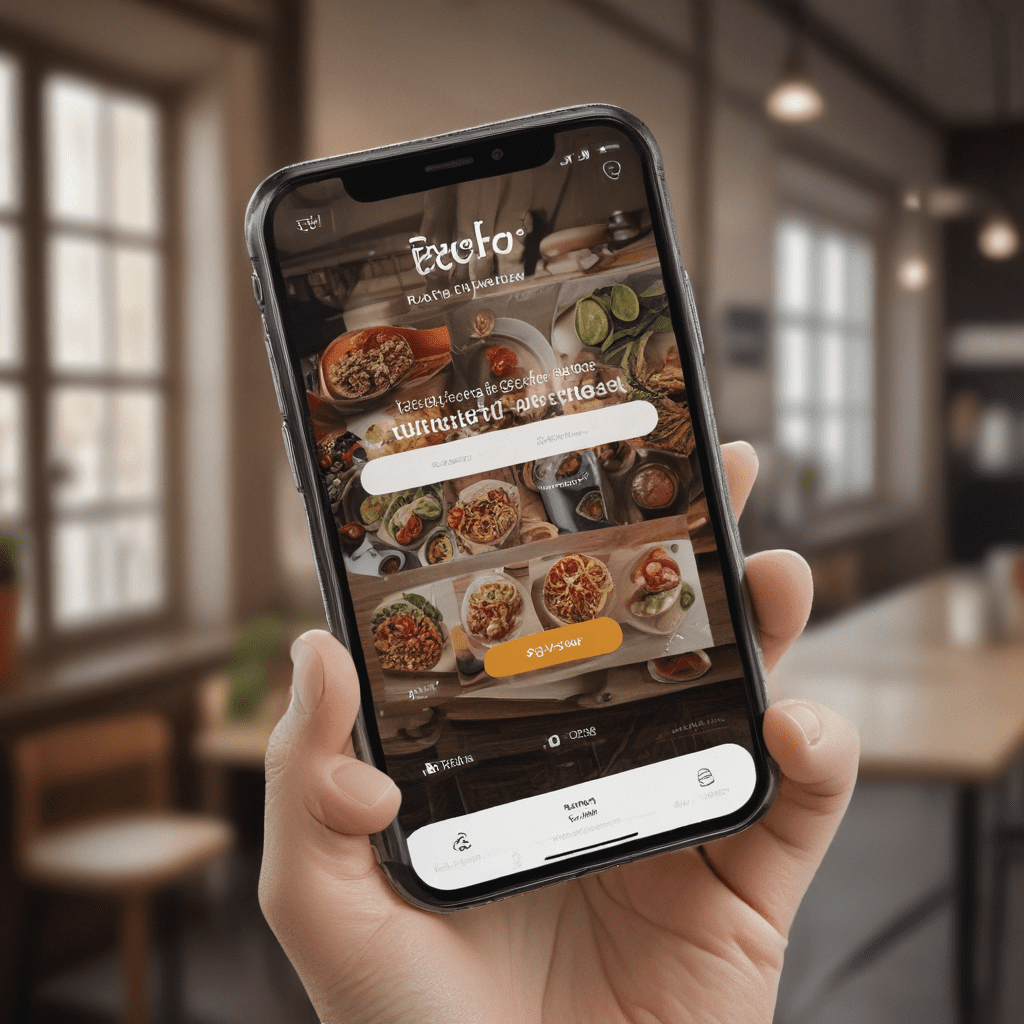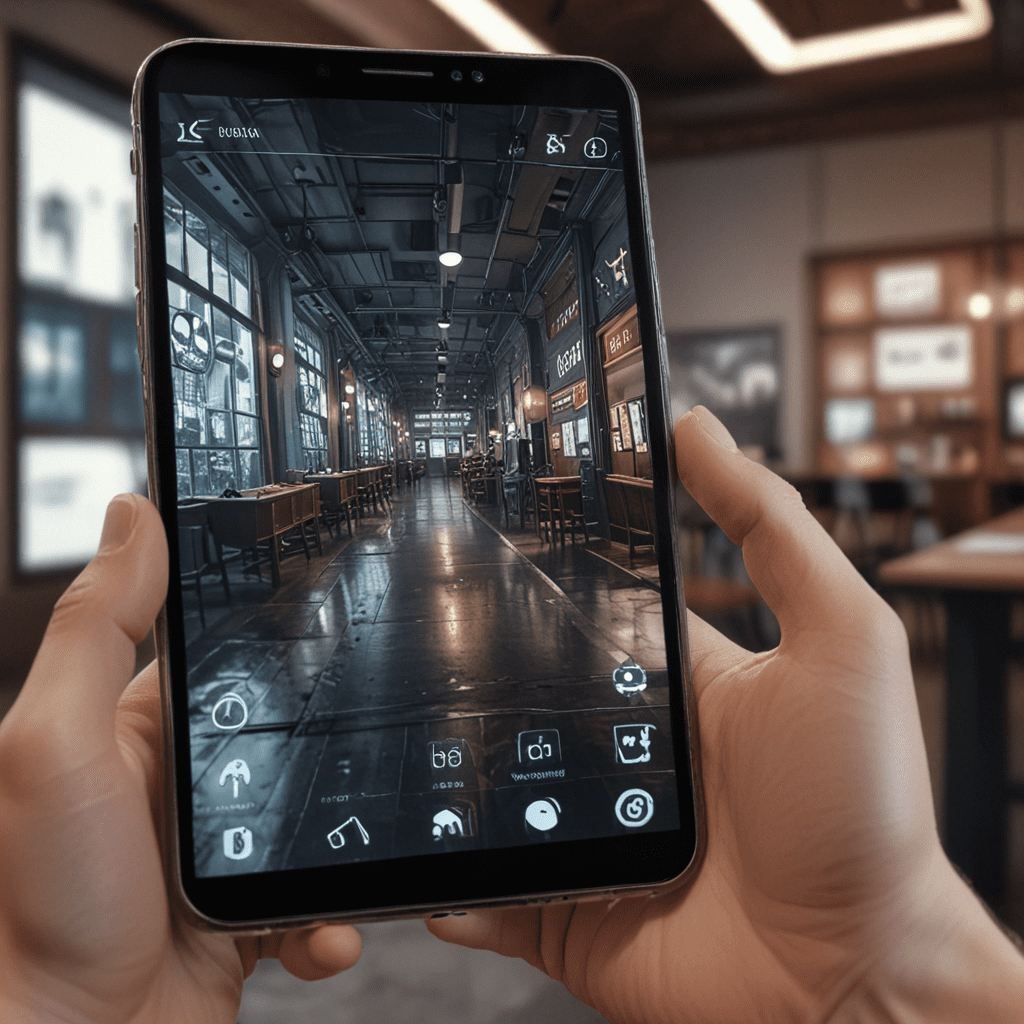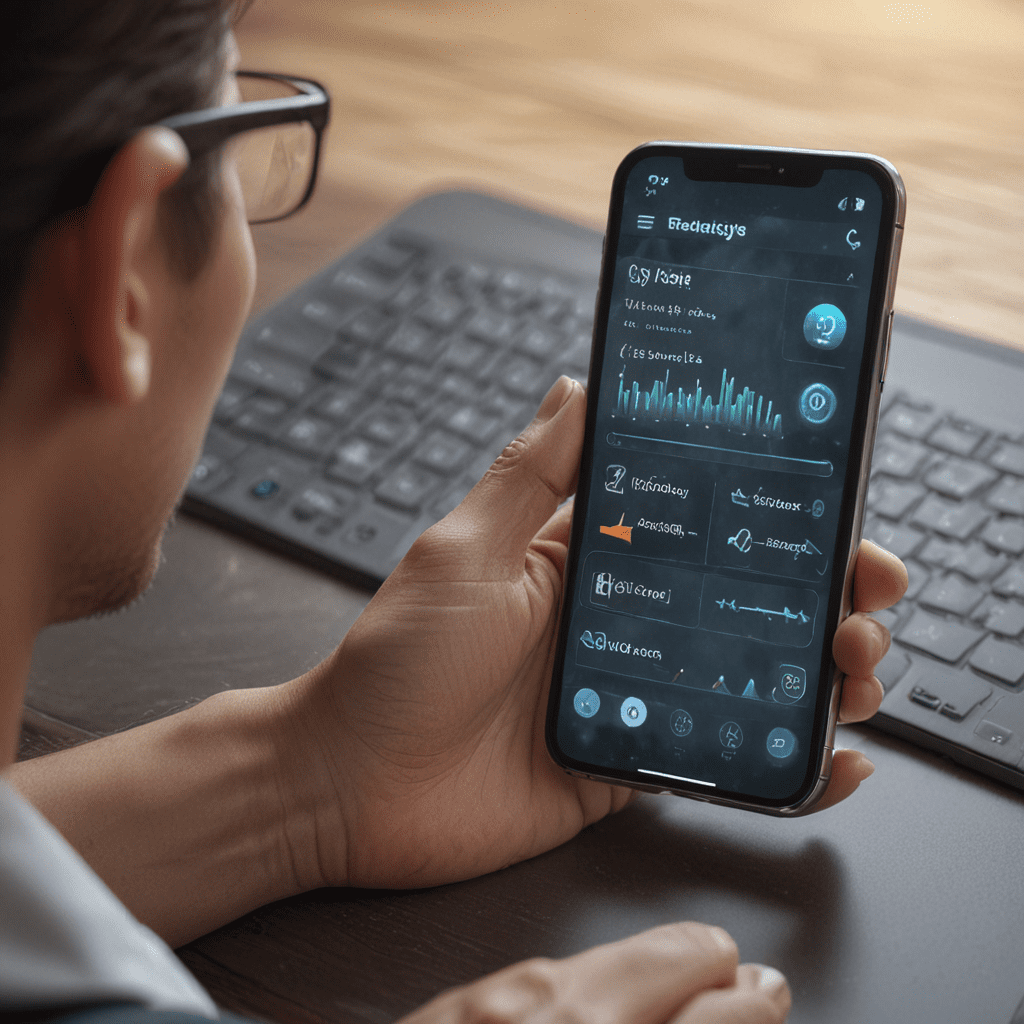
10 Key Features for Mobile App Development for Food Delivery Services
1. User-Friendly Interface
A well-designed app interface provides a seamless and intuitive user experience. It should be visually appealing, easy to navigate, and require minimal effort for users to find what they are looking for. Features such as clear menus, intuitive search, and quick checkout contribute to a user-centric app design.
2. Seamless Order Placement
The order placement process should be simple and efficient. Users should be able to browse the menu, select their choices, and place their orders in a few taps. The app should support various payment methods and provide secure payment gateways to ensure a hassle-free checkout experience.
3. Real-Time Order Tracking
Customers appreciate being informed about the status of their orders. A real-time order tracking feature allows users to follow the progress of their delivery, from preparation to arrival. This transparency builds trust and enhances customer satisfaction.
4. Secure Payment Gateway
The app should employ robust encryption and security protocols to protect sensitive user data, including financial information. A secure payment gateway ensures that all transactions are processed securely, providing peace of mind for users and maintaining their trust in the service.
5. Push Notifications and Alerts
Push notifications keep users engaged with the app and provide timely updates. They can be used to alert users about order status, special promotions, or new menu items. Additionally, the app can send automated notifications about delivery delays or order cancellations to manage customer expectations.
6. Dish Discovery and Customization
A well-developed food delivery app allows users to explore and discover new dishes easily. Detailed menu descriptions, high-quality images, and personalized recommendations based on their preferences enhance the user experience. Additionally, the app should provide options for dish customization, such as ingredient substitutions, specific cooking instructions, or allergy-aware modifications.
7. Ratings and Reviews Integration
Ratings and reviews play a significant role in building trust and credibility for food delivery services. Integrating a system that allows users to rate and review restaurants and delivery drivers provides valuable feedback. This information helps other users make informed choices, improves the overall service quality, and maintains transparency.
8. Loyalty Programs and Rewards
Loyalty programs reward customers for their repeated patronage. By offering points, discounts, or exclusive perks, food delivery apps can encourage customer loyalty and drive repeat orders. Gamification elements within the loyalty program, such as progress bars or tier-based incentives, can further engage users and increase their attachment to the app.
9. Integration with Delivery Partners
A successful food delivery service relies heavily on reliable and efficient delivery partners. Seamless integration with multiple delivery partners ensures a wide coverage area, faster delivery times, and a wider selection of restaurants for users. The app should provide real-time updates on delivery status and allow users to track the location of their orders.
10. Advanced Analytics and Insights
Food delivery apps generate a wealth of data that can be valuable for business optimization. Advanced analytics and insights tools enable businesses to track key metrics such as order volume, customer behavior, and delivery performance. This data-driven approach helps identify areas for improvement, optimize marketing campaigns, and make informed decisions to enhance the overall app experience.
FAQs
Q: What is the cost of developing a food delivery app?
A: The cost of app development varies depending on factors such as features, complexity, and platform availability. It's recommended to consult with a mobile app development company for an accurate estimate.
Q: How long does it take to develop a food delivery app?
A: Development timelines depend on the app's complexity and the resources of the development team. Typically, a basic food delivery app can take a few months to develop, while more complex apps with advanced features may take longer.


